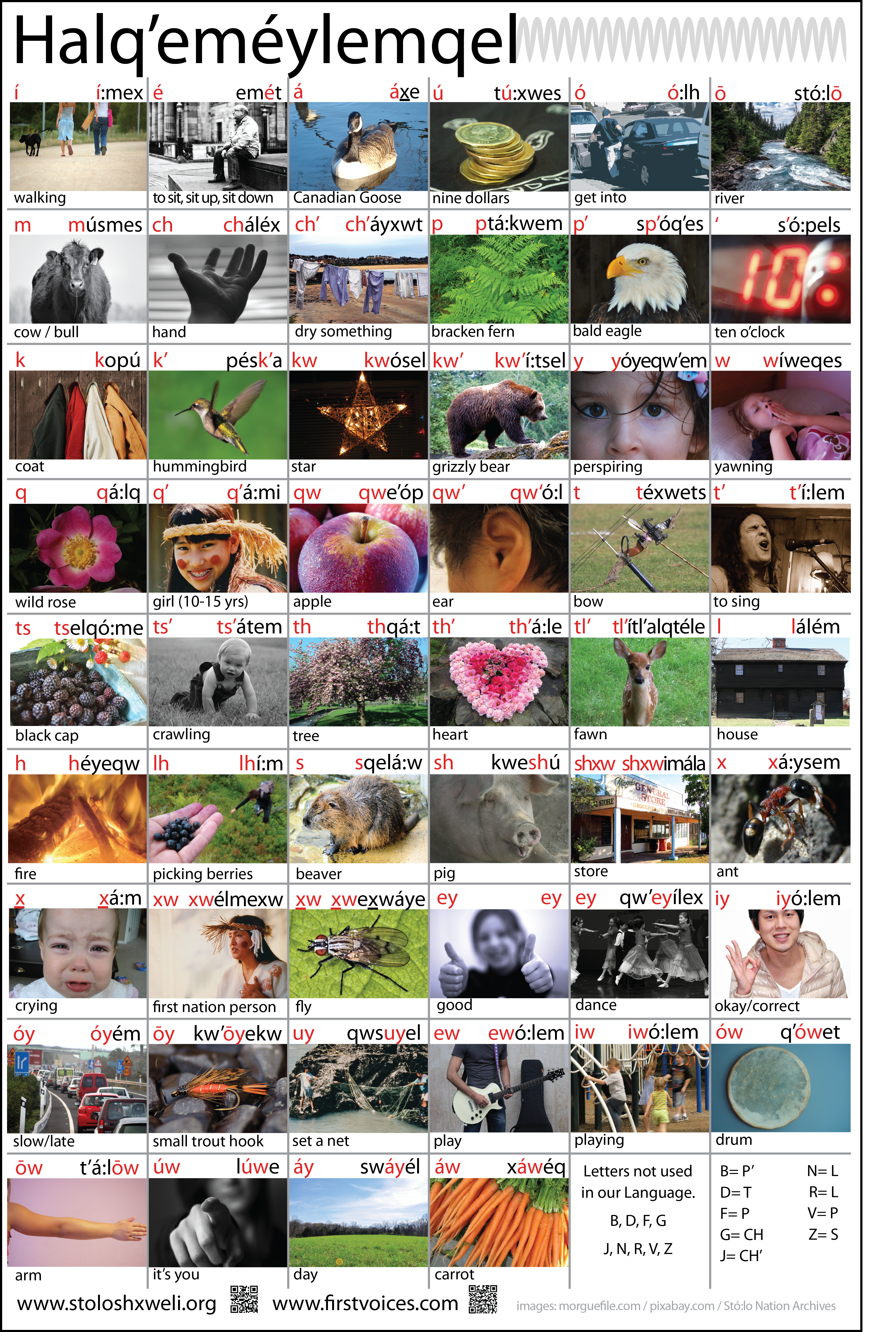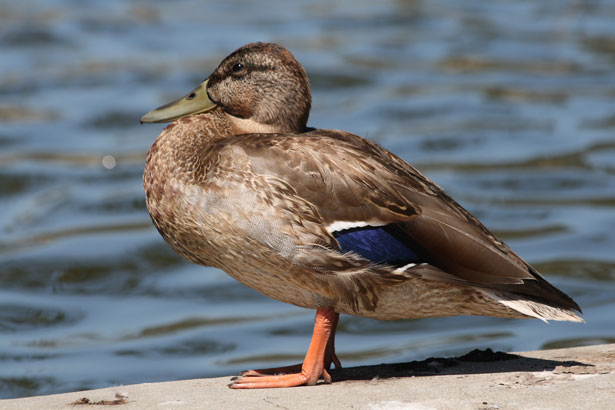1.6 Descriptive Text
| Site: | Cowichan Valley School District - Moodle |
| Course: | ELA5, CSS, Sferrazza |
| Book: | 1.6 Descriptive Text |
| Printed by: | Guest user |
| Date: | Tuesday, 18 November 2025, 11:28 AM |
Description
Descriptive Writing
Learning Targets
By the end of this lesson, you should be able to say YES to the following questions.
- Can I give a definition for descriptive writing?
- Can I understand the importance of descriptive writing?
- Can I recognize the difference between poor and quality descriptive writing?

Learn about Descriptive Text.
Check out this video to learn about descriptive text.
|
|
Whenever you see this icon on the left, it means you must go to the Learning Guide and complete the worksheet related to what you just learned. Your first task is titled Descriptive Writing Notes. When you respond to questions, use complete sentences. If the question asks: Why do you think descriptive writing important? Start your answer with, "I think descriptive writing is important because... (you add the rest). When you are done this section in your learning guide, it will tell you to "Return to your online lesson book". That is this book. You'll be ready for the next page! Have fun! |
Descriptive Writing Is Everywhere
Writing that creates a picture in your mind is called descriptive text.
|
Writers of all walks of life use descriptive writing. An autobiographer hopes to give you a window into his or her true life story. A mystery novelist wants you to spot the possible clues as you read along in the novel. A science fiction writer wants you to experience life on an alien planet. You can enjoy and write descriptive text, too! Go to your Descriptive Writing Journal and complete Journal #1: Your Favourite Book. |

|
Importance of Descriptive Writing
 Read these two sentences:
Read these two sentences:
I like qó:.
There is a teléqsel.
Do you know what a qó: or a teléqsel is? Are you able to picture anything in your mind?
Unless you know the Halq'eméylem language of the Stó:l?, the answer is probably no.
Now read these sentences:
I filled the sink with hot qó: and dish soap, so I could wash the stack of dirty dishes.
(Click here to learn how to pronounce qó: and find out its meaning.)
The teléqsel shook its brown feathers, and then quacked as it waddled into the pond.
(Click here to learn how to pronounce teléqsel and find out its meaning.)
If you guessed that qó: is water and that teléqsel means duck, then you are correct.
But how did you figure this out?
Description and Detail
| The second set of sentences had more description and detail that provided context clues. That helped you to build mental images to figure out what these words meant. That's why good description in writing is so important. Not only were the first set of sentences pretty basic and boring, they didn't help you to create any mental imagery. Creating pictures in your mind (also known as visualizing) helps you to understand and connect with your reading material. Reading books that have good descriptive writing helps you to learn new words and learn about new worlds. It's also one of the best ways to improve your vocabulary and grammar skills. As a writer, you want to be descriptive. You want to engage your readers and help them build pictures in their minds so they will connect to and understand your words and thoughts. *Halq'eméylem is the language of the Stó:l? who are the First Nations of the Fraser Valley. To learn more about the Halq'eméylem language, click here. Now go to your Descriptive Writing Journal and complete Journal #2: Get Descriptive. |
Female Mallard Duck by Andrew Schmidt via PublicDomainPictures.net |

